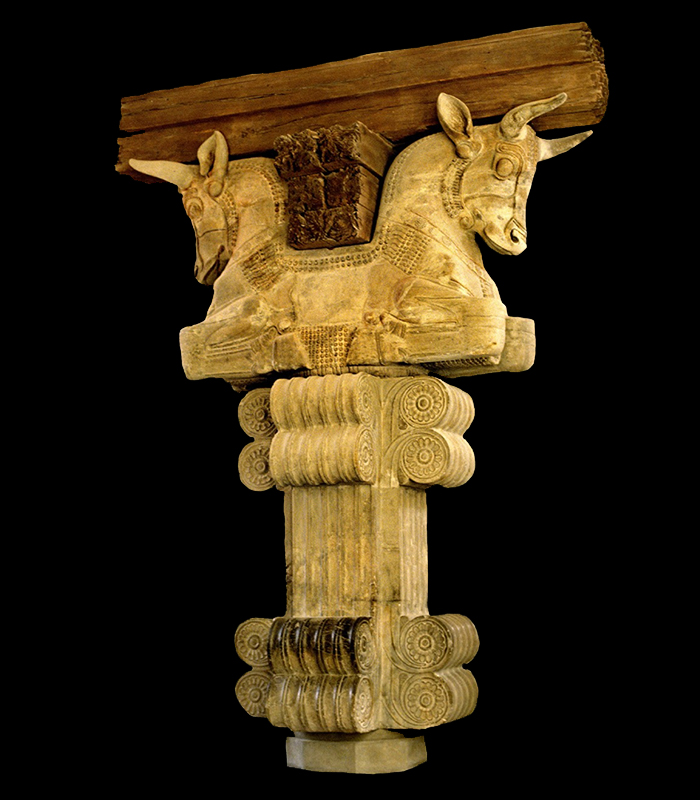Global perspectives on architectural history: reformulating Banister Fletcher for the 21st century
Murray Fraser, University College London; Catherine Gregg, RIBA
Awards RIBA President's Awards for Research 2020
Category History and Theory

This essay describes the research project resulting in the 21st Edition of Sir Banister Fletcher’s Global History of Architecture, published by Bloomsbury and available digitally as the centrepiece of the Bloomsbury Architectural Library, a major online resource. The task of overseeing/funding the project fell to the Banister Fletcher Project Board, as co-managed by the trustees of Fletcher’s will, the Royal Institute of British Architects and University of London. First published back in 1896, what is widely referred to as a 'Banister Fletcher' proved the longest-lived and most successful of global architectural history surveys. Yet it came with its ideological problems, which therefore frame the essay’s text. Over the decades Banister Fletcher was tweaked by Banister Flight Fletcher himself, or by subsequent General Editors after his death in 1953. However, the book had never before been thoroughly rethought and rewritten, making it increasingly anachronistic. How therefore should we treat an inherited artefact like Banister Fletcher today, and how might it be reconceived for a globalised age? This essay outlines the ways in which the research team reshaped Banister Fletcher for an age of globalisation – dealing with inherited problems of cultural bias, tendentious illustrations, and falsely unitary authorial voice. With the first-ever incorporation of ‘global history’ within the book’s title, and with text entirely rewritten by a team of 88 leading experts and amounting to 1 million words plus 2500 illustrations (including some classic Banister Fletcher drawings), and also being available and searchable online, the 21st Edition sets a new benchmark for intellectual rigour and ambition for global architectural history surveys. As the largest research project to date in architectural history, it also makes the case for a diverse, globally balanced, open-sourced and networked mode of scholarship that employs technologies like the Internet for more collaborative, trans-spatial methods of thinking, researching and disseminating.






